Technology
Nintendo Updates User Agreement to Crack Down on Emulation and Piracy
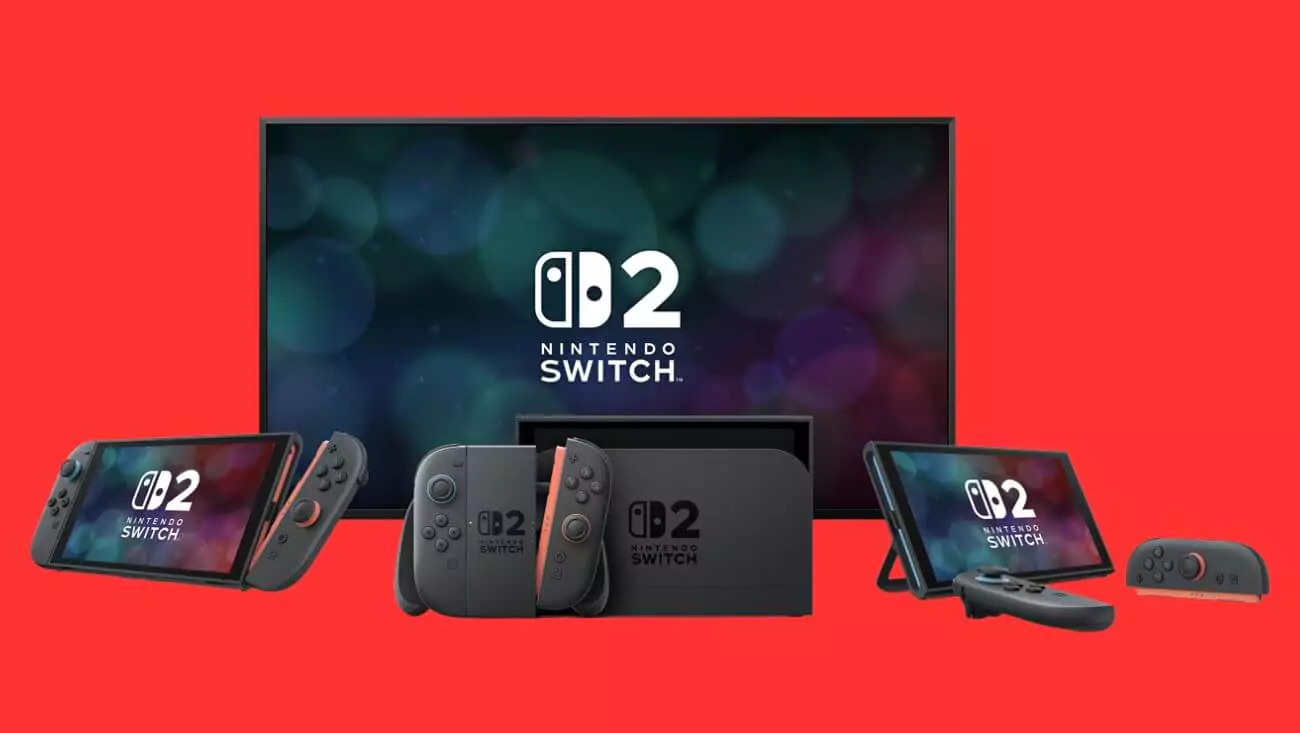
Nintendo has revised its user agreement, introducing stricter measures to combat emulation, hacking, and piracy, with a clear warning that violators risk having their devices permanently disabled. The update, announced on May 8, 2025, comes as the company prepares for the anticipated launch of the Switch 2, signaling a proactive effort to protect its intellectual property. While Nintendo aims to safeguard its ecosystem, the changes have sparked concerns among gamers about user rights, privacy, and the impact on legitimate modding communities.
The updated user agreement explicitly states that Nintendo reserves the right to disable devices or terminate services for users who “bypass, modify, decrypt, defeat, or tamper with” Nintendo Account Services. This marks a significant escalation in the company’s language, directly addressing emulation and hacking, which have become more prevalent with the rise of tools allowing Switch games to be played on other platforms. The agreement also grants Nintendo the ability to monitor online chats and discontinue services at its discretion, raising questions about user privacy and the extent of the company’s enforcement powers.
The timing of this update is notable, as Nintendo gears up for the Switch 2, expected to launch in the near future. IGN India reported that the company can now “brick” modified Switch consoles—rendering them inoperable—as a deterrent against piracy. This isn’t the first time Nintendo has taken such measures; historical reports on Nintendo Life recall the 3DS era, where the Gateway device, an anti-piracy tool, mistakenly bricked legitimate users’ consoles due to false positives. The current policy could similarly impact users who modify their devices for non-piracy purposes, such as running homebrew apps or playing legally owned games from older systems, a concern echoed by VG247. The Daily Star also cautioned that the Switch 2 might launch with these same restrictions, potentially limiting the modding scene from day one.
Another significant change in the agreement is a clause that prevents users from filing lawsuits against Nintendo, mandating arbitration instead, as highlighted by Insider Gaming. This legal shift aims to protect Nintendo from litigation, particularly in cases where devices are bricked or services are terminated. However, it could limit gamers’ ability to seek recourse if they believe their devices were unfairly disabled, raising broader questions about consumer rights in the gaming industry. Game File noted that this clause, combined with the monitoring of online interactions, has fueled unease among players who fear overreach by the company.
Nintendo’s aggressive stance is rooted in its ongoing battle against piracy, which has intensified with the Switch’s popularity. Emulation tools have made it easier for users to play Switch games on PCs or other devices, often without purchasing the original software. While this is a legitimate concern for Nintendo—whose business model relies on proprietary hardware and software—the broad scope of the new rules risks alienating a segment of its fanbase. Homebrew communities, which often use mods to enhance gameplay, run apps, or play legally owned games from older consoles, may find themselves caught in the crossfire. VG247 pointed out that during the Wii era, homebrew was a low-risk activity that offered versatile functionality, such as media playback, fostering a creative community that now feels at odds with Nintendo’s policies.
The potential impact on gamers is significant. Modifying a Switch, even for non-piracy purposes, now carries the risk of permanent device failure. While this may deter piracy, it could also affect innocent users, as seen in past anti-piracy efforts. The arbitration clause further complicates matters, as players may struggle to challenge Nintendo if their devices are bricked unfairly. Additionally, the monitoring of online chats raises privacy concerns, particularly for younger users who frequently use Nintendo’s online services. As noted in discussions on gaming fairness, the balance between protecting intellectual property and respecting user freedoms remains a contentious issue in the gaming industry.
Looking ahead, Nintendo’s updated user agreement could reshape how players interact with their devices, particularly as the Switch 2 approaches. The company’s focus on piracy is understandable, given the financial stakes involved, but its methods have drawn criticism for their potential to overreach. Homebrew enthusiasts, who often contribute to the gaming community through innovation, may feel discouraged by the new rules, potentially stifling creativity. Moreover, the precedent set by past anti-piracy measures suggests that enforcement could lead to unintended consequences, such as false positives that harm legitimate users.
Nintendo’s history of legal action against emulation and piracy further contextualizes this update. The company has previously targeted emulation sites and ROM distributors, securing significant settlements to deter illegal activity. However, the current approach—disabling devices and limiting legal recourse—takes a more direct and punitive stance, which may not sit well with all fans. Community feedback, as seen in forums and comments on Nintendo Life, reflects a mix of understanding for Nintendo’s position and frustration over the potential loss of flexibility for legitimate modding. Some users reminisced about the Wii’s homebrew scene, which allowed for custom apps and enhanced gameplay without significant risk, highlighting a shift in Nintendo’s relationship with its modding community.
For now, gamers are left to navigate a stricter landscape when it comes to device modifications. Those who engage in emulation or hacking risk losing access to their consoles, while even casual modders may hesitate to experiment due to the threat of bricking. Nintendo will need to carefully manage its enforcement to avoid alienating its fanbase, particularly as it transitions to the Switch 2. Addressing community concerns about privacy, fairness, and the impact on homebrew users will be crucial to maintaining trust. The company’s ability to strike a balance between protecting its intellectual property and respecting user freedoms will likely influence its reputation in the lead-up to its next console launch.
Nintendo’s revised user agreement is now in effect, marking a significant step in its fight against emulation and piracy. As the gaming giant prepares for the Switch 2, these changes could set the tone for how it manages its ecosystem, but they also risk straining its relationship with parts of the gaming community. What are your thoughts on Nintendo’s updated policies, and how might they affect your gaming experience? Share your perspective in the comments—we’d love to hear your insights on this evolving issue.
Technology
Fortnite Blocked Worldwide on iOS, Epic Games Blames Apple for Extended Ban
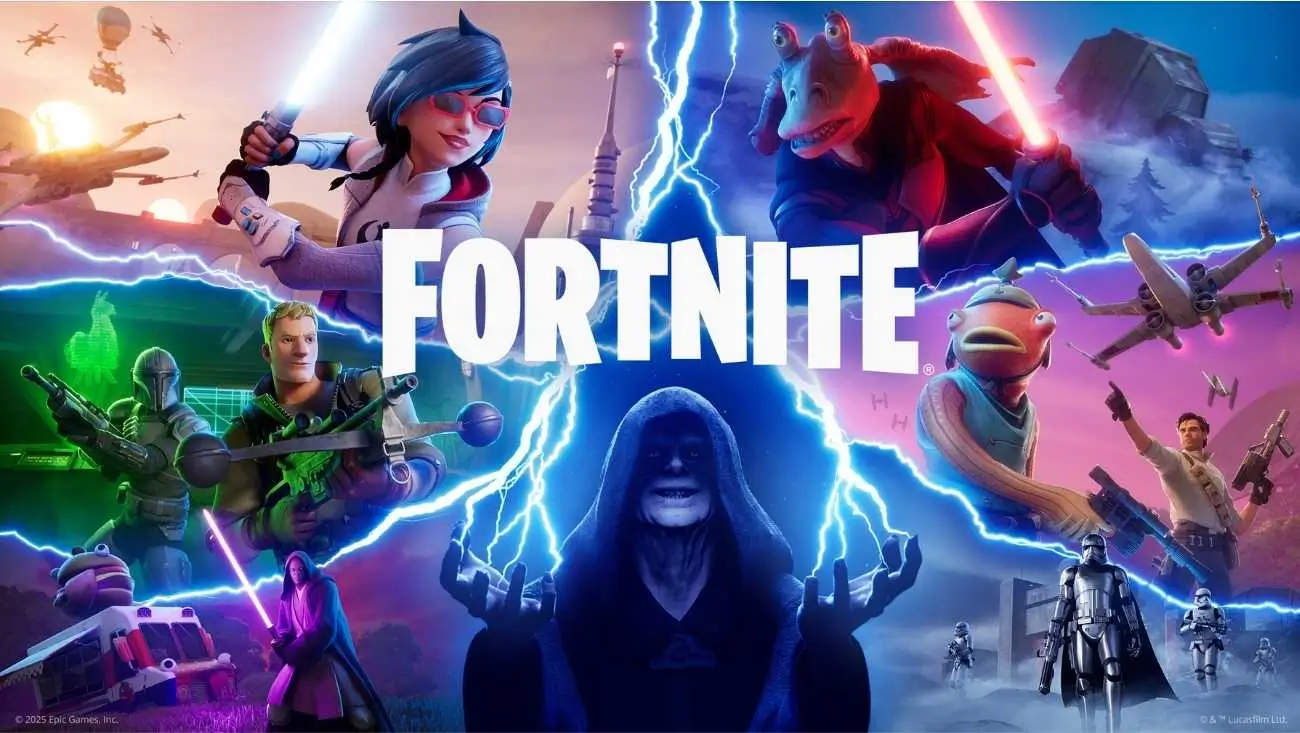
The gaming world is reeling from new claims: the Fortnite iOS ban is not only continuing but has allegedly been extended by Apple to block the game’s return to App Stores globally, including crucial markets like the USA and the European Union. Epic Games, the developer of the hit battle royale, made the announcement via X, stating that Apple has rejected their attempts to bring Fortnite back to iOS devices. This move effectively shuts out millions of iPhone and iPad users from officially accessing the game, reigniting the fierce and long-running dispute between the two tech giants.
This latest escalation in the Fortnite iOS ban saga comes after a period where many hoped for a resolution, especially with new regulations like the EU’s Digital Markets Act (DMA) potentially paving the way for alternative app distribution. However, Epic Games’ recent statements paint a picture of continued intransigence from Apple, dashing the hopes of countless players who have been unable to play Fortnite on their iOS devices since it was first removed in August 2020. The original removal stemmed from Epic’s attempt to bypass Apple’s in-app purchase system and its 30% commission, a move Apple deemed a violation of its App Store rules.
What This Extended Fortnite iOS Ban Means for Gamers
The implications of this ongoing Fortnite iOS ban are massive, particularly for the dedicated player base in the USA and Europe. Fortnite is more than just a game; it’s a cultural phenomenon and a social hub for millions. Being unable to access it on one of the world’s most popular mobile platforms creates a significant divide and frustration.
Key points for gamers to understand:
- No Official Fortnite on iPhone/iPad: As per Epic’s claims, Apple is actively preventing Fortnite from being listed on the App Store worldwide. This means no new downloads and no updates for those who might still have older versions.
- Legal Battles Continue: This latest development is set against the backdrop of years of intense legal wrangling between Epic Games and Apple over App Store policies, commission fees, and alleged anti-competitive practices.
- Impact of Regulations (DMA): While the EU’s Digital Markets Act was expected to force Apple to allow third-party app stores and alternative payment systems, Epic’s claims suggest that bringing Fortnite back, even under these new rules, is proving incredibly challenging. This is a critical test case for the effectiveness of such regulations. The struggle over app store control has parallels with other platform policy debates, such as the recent issues Windows 10 users faced with a problematic update.
Epic Games CEO Tim Sweeney has been vocal in his criticism of Apple’s App Store practices, and this latest alleged block has only added fuel to the fire. He has accused Apple of acting in bad faith and undermining the spirit of new regulations designed to promote competition. The ongoing Fortnite iOS ban is seen by many as a symbol of a larger fight for a more open mobile ecosystem. The complexities of platform governance are vast, touching everything from gaming to how YouTube is implementing new AI ad strategies.
For Apple, its App Store policies are a cornerstone of its services revenue and a way it maintains control over security and user experience on its devices. The company has consistently argued that its rules are applied fairly and are necessary to protect users and developers. However, critics, including Epic Games, argue that these policies stifle innovation and lead to unfairly high fees. The situation is reminiscent of other tech giants facing scrutiny over their market power, an ongoing theme in the tech world, even as those same companies produce beneficial innovations like Google’s AI accessibility tools.
The indefinite Fortnite iOS ban means that a huge segment of the mobile gaming market is cut off from one of the world’s most popular titles. While players can still access Fortnite on other platforms like PC, Android (often via direct download from Epic), and consoles, the absence from the iOS App Store is a significant blow to both Epic Games and the players who prefer Apple’s ecosystem. As AI continues to permeate various sectors, including the development of specialized AI models for software engineering by companies like Windsurf, the fundamental rules of digital distribution remain a battleground.
The coming weeks and months will likely see further legal and public relations battles between Epic and Apple over this extended Fortnite iOS ban. The eyes of the tech world, regulators, and millions of gamers will be watching closely to see if a path can be found to bring Fortnite back to iPhones and iPads, or if this digital exile will continue.
Technology
Nightmare! Latest Windows 10 Update Wreaking Havoc, Users Face Lockouts & Crashes
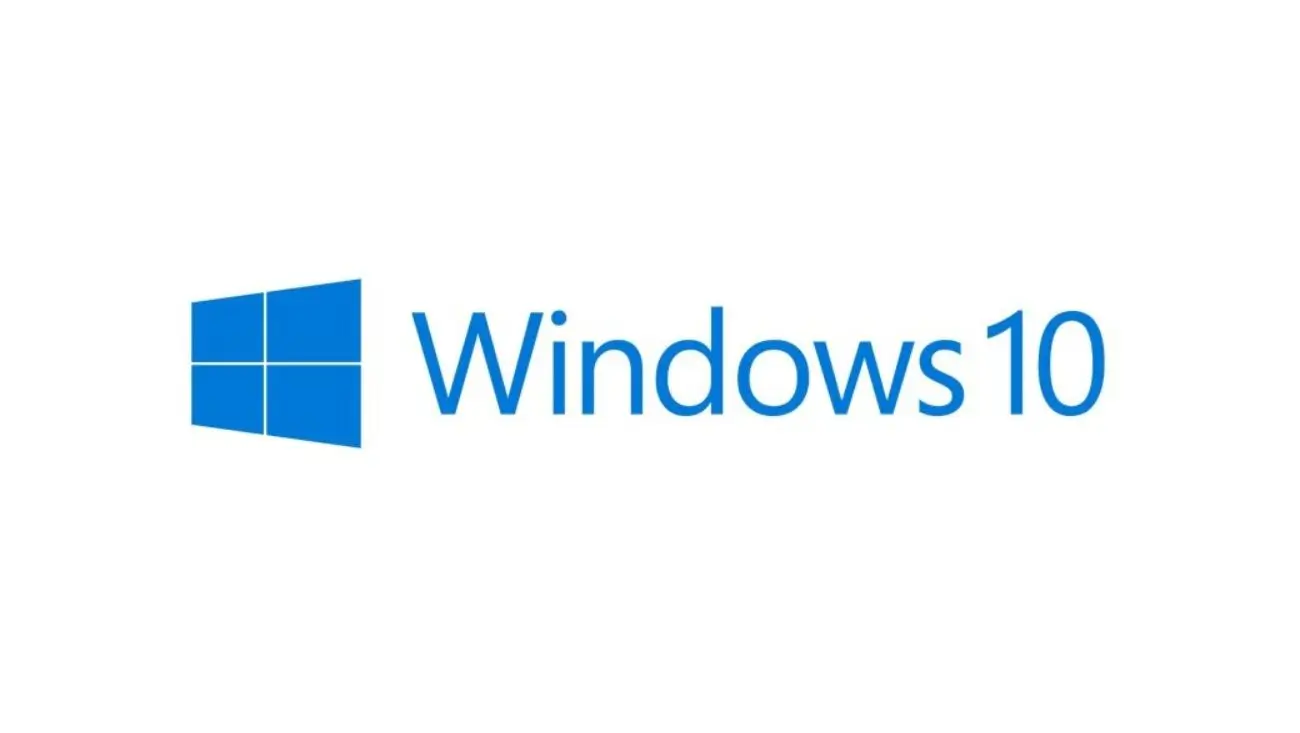
Hold onto your hats, Windows 10 users, because the latest software patch is reportedly causing a world of hurt. Numerous reports are flooding in about significant Windows 10 update problems stemming from the recently released cumulative update KB5058379. Users across the United States and globally are describing a nightmarish scenario where, after installing this update, their PCs are unexpectedly demanding BitLocker recovery keys or, in some cases, crashing with the dreaded Blue Screen of Death (BSOD).

Photo: Microsoft
This latest bout of Windows 10 update problems is particularly alarming as Windows 10 nears its end-of-support date later this year, and users expect stability, not new system-breaking bugs. The KB5058379 update, intended to be one of the final patches for the operating system, appears to have backfired spectacularly for a segment of its user base, leading to frustration and potential data access issues. Microsoft has not yet issued a widespread official acknowledgment or fix for these specific widespread reports at the time of writing, though they have provided some guidance for specific error codes related to failed installations of this update in the past.
What Are These Windows 10 Update Problems Exactly?
The most frequently reported issue linked to the KB5058379 update is the sudden appearance of the BitLocker recovery screen upon booting the PC. BitLocker is Microsoft’s full-disk encryption feature, and normally, the recovery key is only required if significant hardware changes are made or if the system detects a potential security threat. However, users affected by these Windows 10 update problems are finding themselves locked out even without making any such changes, solely after installing the update. For users who don’t have their BitLocker recovery key readily available, this can mean losing access to their computer and data.
Other Windows 10 update problems being attributed to KB5058379 include:
- System Instability and BSODs: Some users are reporting general system sluggishness, application crashes, and even complete system failures resulting in a Blue Screen of Death.
- Installation Failures: While the BitLocker issue occurs post-installation for many, others are struggling to even get the update to install correctly, encountering various error codes.
- Boot Issues: Beyond BitLocker, some users have mentioned their PCs failing to boot properly or getting stuck in boot loops after the update.
This situation is incredibly frustrating for those affected. Many rely on their Windows 10 PCs for work, school, and personal use, and unexpected lockouts or system failures can cause significant disruption. The timing is also unfortunate, as users might be less inclined to troubleshoot complex issues on an operating system that is nearing its end of life. The experience is a stark contrast to the helpful AI integrations users are seeing elsewhere, like Google’s new AI accessibility features for Android.
While Microsoft provides general advice for troubleshooting update issues and BitLocker recovery, the widespread nature of these new Windows 10 update problems suggests a deeper issue with the KB5058379 patch itself. Users encountering the BitLocker screen are urged to try and locate their recovery key, which might be saved to their Microsoft account, a USB drive, or a printout. The tech world is no stranger to update woes, but when core security features like BitLocker are inadvertently triggered, it raises serious concerns. This is different from AI development challenges, such as those faced by Windsurf with its new SWE-1 AI models for coding, but both highlight the complexities of modern software.
Community forums and tech sites are buzzing with users sharing their experiences and seeking solutions for these Windows 10 update problems. Some have found success by uninstalling the problematic update (if they can access their system to do so), while others are waiting for official guidance or a revised patch from Microsoft. The situation is a reminder of the importance of backing up data regularly, especially before installing major operating system updates. This type of user frustration can also be seen when platforms make controversial changes, such as YouTube’s new AI ad placement strategies.
As Windows 10 approaches its October 2025 end-of-support date, Microsoft is encouraging users to upgrade to Windows 11. However, for those unable or unwilling to upgrade, a stable and secure Windows 10 experience is crucial until that deadline. Incidents like these Windows 10 update problems can erode user trust and make the transition period more challenging.
Technology
YouTube Unveils Its Own Top Podcasts Chart for USA – And the First #1 Might Surprise You!
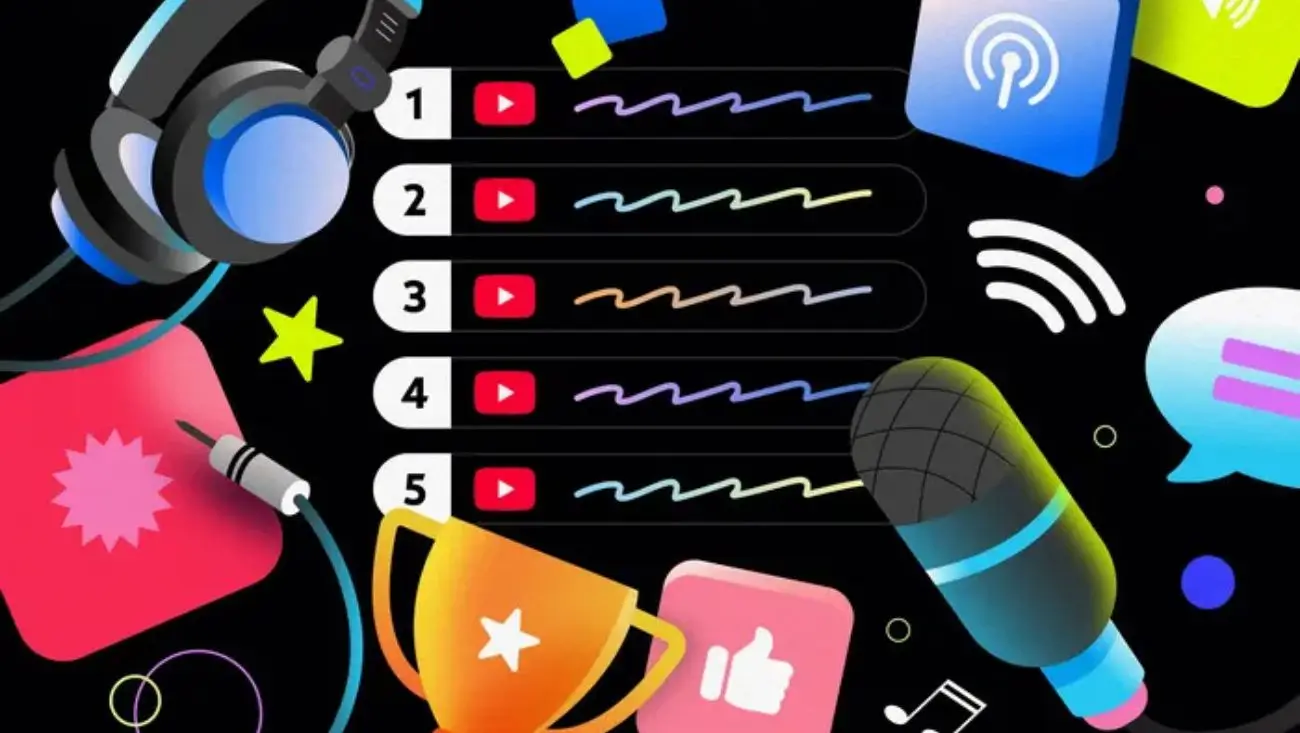
In a clear signal of its deepening investment in the podcasting realm, YouTube has launched its anticipated weekly YouTube Top Podcasts Chart USA. This new chart, now live and accessible directly via charts.youtube.com/podcasts, provides a weekly snapshot of the shows captivating American audiences on the massive video platform. The introduction of this official ranking system is set to bring more transparency to podcast performance on YouTube and could significantly influence discovery for both listeners and creators across the nation.
For a long time, gauging podcast popularity has involved looking at various charts from different distributors. With the YouTube Top Podcasts Chart USA, the platform is providing its own data-backed view, specifically for content consumed within the United States on YouTube – a space where many podcasts thrive with video components. This is a pivotal development for creators looking to measure their impact and for listeners seeking out the hottest shows in the US.
What the New YouTube Top Podcasts Chart USA Reveals
The debut of the YouTube Top Podcasts Chart USA has quickly become a talking point. While some might have expected certain names to immediately claim the top spots, the initial rankings highlighted the diverse appeal of podcasts on YouTube. For instance, early observations of the live chart showed strong contenders like “Kill Tony,” a live comedy podcast, and “New Heights with Jason and Travis Kelce” ranking highly, indicating the success of interactive and personality-driven content. The absence (due to exclusivity elsewhere) or different ranking of shows dominant on other platforms underscores YouTube’s unique podcast ecosystem.
Key features and implications of the YouTube Top Podcasts Chart USA include:
- Live, Weekly Rankings: The chart is updated each week, offering a dynamic and current view of what U.S. podcast listeners on YouTube are engaging with. Users can visit charts.youtube.com/podcasts to see the latest standings.
- U.S. Audience Focus: This chart specifically reflects consumption patterns within the United States, providing a valuable national barometer.
- A New Discovery Tool: For listeners, the YouTube Top Podcasts Chart USA acts as a curated guide to trending and popular shows, potentially unearthing new favorites. This formalizes a discovery process that was previously more algorithmic or word-of-mouth on the platform, much like how YouTube is also using AI to refine its ad placements.
- Visibility for Creators: A prominent position on this chart can significantly boost a podcast’s visibility, attracting new subscribers and enhancing appeal to advertisers.
The decision to launch the YouTube Top Podcasts Chart USA is a clear strategic play by YouTube to cement its status as a premier destination for podcasting. By offering official, transparent rankings, YouTube aims to attract more top-tier podcasting talent to its platform and provide compelling, verifiable data to brands looking to invest in podcast advertising. This initiative complements YouTube’s ongoing efforts to enhance its platform for podcasters, including better analytics and monetization options. This kind of platform evolution focused on creator tools is also seen with Google’s recent AI-powered accessibility updates which benefit users and developers alike.
For podcast creators across the USA, making it onto the YouTube Top Podcasts Chart USA could become a coveted achievement. It offers a new benchmark for success and a powerful way to demonstrate audience engagement on one of the world’s largest content platforms. However, it also means that podcast performance on YouTube will be subject to more public and direct comparison. The way platforms manage content and creator relations is constantly under scrutiny, as seen in the discussions surrounding SoundCloud’s AI policy changes and artist feedback.
Listeners in the U.S. also stand to gain from the YouTube Top Podcasts Chart USA. In an ever-expanding podcast universe, having a reliable, platform-specific chart can simplify the process of discovering new and engaging content. The way audiences find and consume media is continually shifting, and platforms are adapting to these changes, much like how Netflix has successfully grown its ad-supported subscription model by catering to different viewer preferences.
While the initial iteration of the YouTube Top Podcasts Chart USA is now live, its long-term influence will be shaped by how consistently it reflects genuine audience engagement, the types of podcasts that achieve sustained success, and how this new data point reshapes the strategies of independent creators and established podcast networks. The transparency offered by such official charts is generally seen as a positive step, aligning with broader calls for openness in platform operations, similar to OpenAI’s recent commitments to greater transparency in AI model safety evaluations.
YouTube’s move clearly indicates it views podcasts as a vital content category, deserving of dedicated features and public metrics. With video remaining a key element for many top podcasts, YouTube is uniquely positioned to lead in this hybrid media space.
-

 AI3 months ago
AI3 months agoDeepSeek AI Faces U.S. Government Ban Over National Security Concerns
-
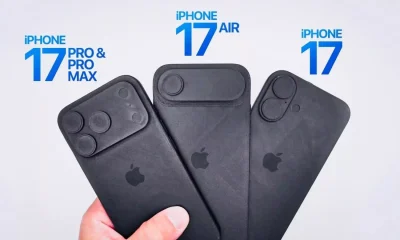
 Technology2 months ago
Technology2 months agoiPhone 17 Air and Pro Mockups Hint at Ultra-Thin Future, Per Leaked Apple Docs
-

 AI2 months ago
AI2 months agoGoogle Gemini Now Available on iPhone Lock Screens – A Game Changer for AI Assistants
-
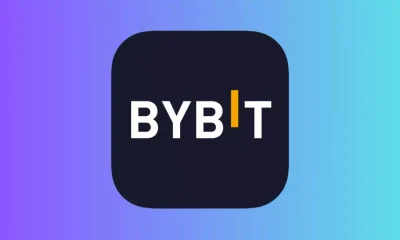
 Technology3 months ago
Technology3 months agoBybit Suffers Record-Breaking $1.5 Billion Crypto Hack, Shaking Industry Confidence
-
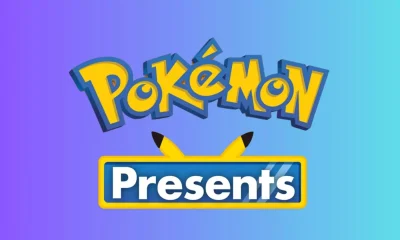
 Technology3 months ago
Technology3 months agoPokémon Day 2025 Celebrations Set for February 27 With Special Pokémon Presents Livestream
-
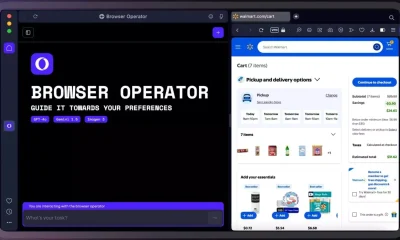
 AI2 months ago
AI2 months agoOpera Introduces AI-Powered Agentic Browsing – A New Era for Web Navigation
-
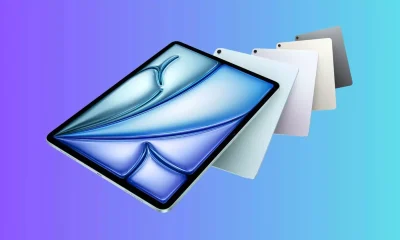
 Technology2 months ago
Technology2 months agoApple Unveils New iPad Air with M3 Chip and Enhanced Magic Keyboard
-

 AI2 months ago
AI2 months agoChina’s Manus AI Challenges OpenAI with Advanced Capabilities
